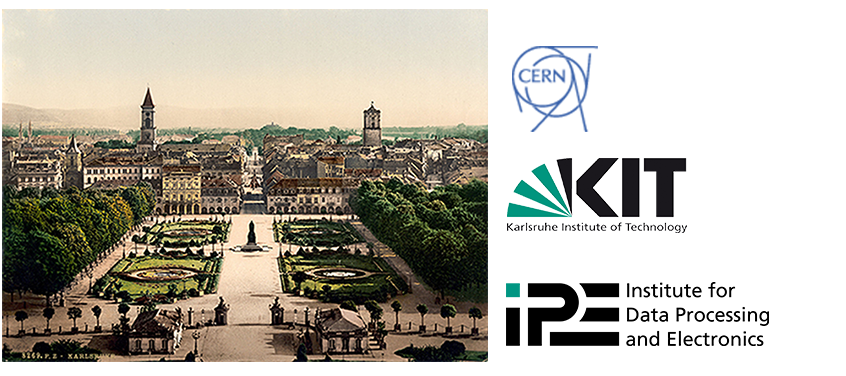Speaker
Description
The CMS experiment at the LHC will deploy the first large (16k channel)
silicon photomultiplier system in a high radiation environment as the central
feature of its hadron calorimeter upgrade.
The exceptional 35% photon detection efficiency of the SiPMs is critical
for ameliorating the effects of radiation damage of the calorimeter scintillator.
The SiPM signals are digitized by the QIE11 ASIC
which provides a 1% energy measurement over a 17-bit dynamic range.
We will describe the performance and radiation tolerance of the entire system,
focusing on the SiPMs, the precision control electronics, and the QIE11-based readout.
Summary
The CMS experiment at the CERN LHC will deploy the first large (16k channel)
silicon photomultiplier system in a high radiation environment as the central
feature of the upgrade of its hadron calorimeter, which will be partially installed
during winter 2016-2017 and will be completed
during the second long shutdown of the LHC in 2019.
The exceptional 35% photon detection efficiency of the SiPMs, along with
their small size allowing for a more granular depth readout, is critical
for ameliorating the effects of radiation damage of the calorimeter scintillator.
The devices are radiation tolerant up to levels higher than expected at the LHC,
and the dependence of the dark current on the total fluence is well understood.
The SiPMs have excellent uniformity across many devices, with a 1% spread in the gain times photon detection efficiency.
The SiPM control electronics provide precise bias voltage with only 0.5% peak-to-peak
variation, a large maximum operating current of 500 $\mu$A, and 0.1$^\circ$C temperature control.
The SiPM signals are digitized by the 11th generation of the QIE ASIC family,
which provides a deadtimeless energy measurement with 1% resolution over a vast 17-bit dynamic range.
The QIE11 measures the signal arrival time with 0.5 ns precision,
has a programmable gain, and features internal phasing of the integration window
relative to the input clock in 0.5 ns steps across a 25 ns window.
With a radiation tolerance of up to 250 krad of total integrated dose and up to $1\times 10^{13}$ 1 MeV-equivalent neutrons/cm$^2$,
the QIE11 is well suited for the radiation environment of the CMS hadron calorimeter.
We will describe the performance and radiation tolerance of the entire system,
which was produced in spring and summer of 2016, with focus on the SiPMs,
the precision control electronics, and the QIE11 readout.
We will also include plans for initial calibration, response monitoring, and
operation of the system, which will be used from 2017 onwards and throughout the HL-LHC era.
